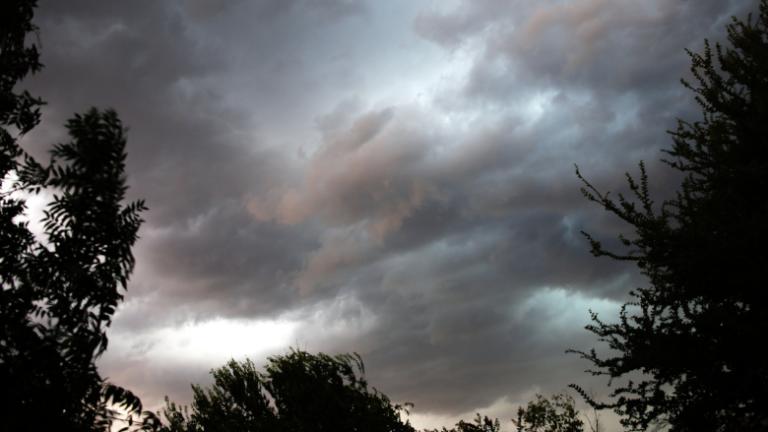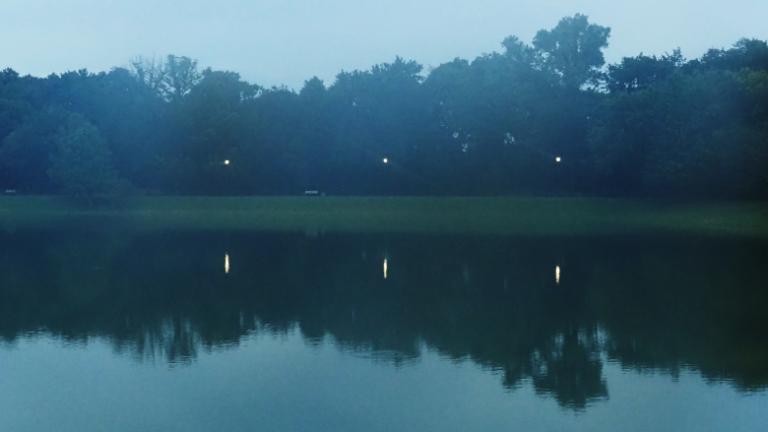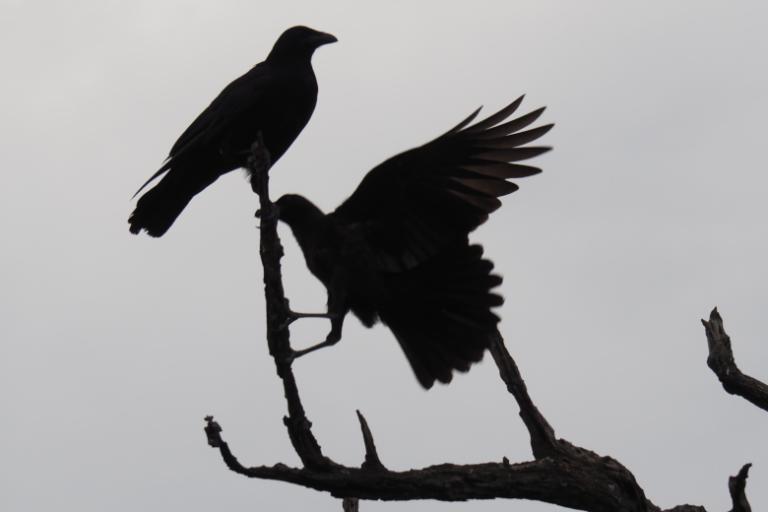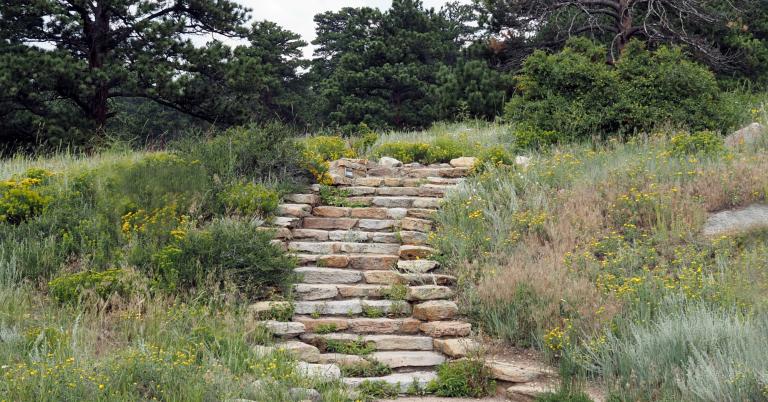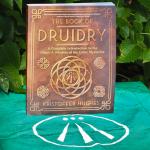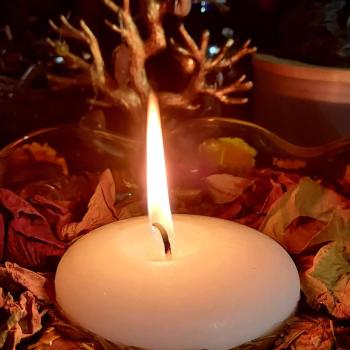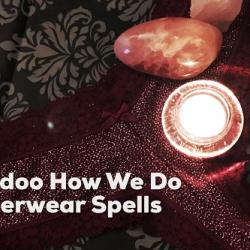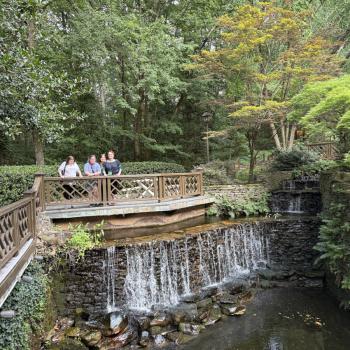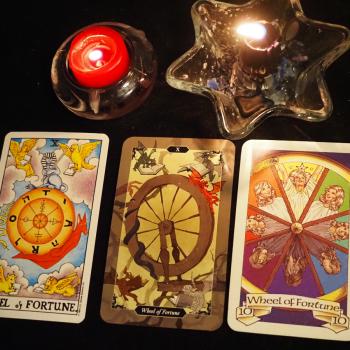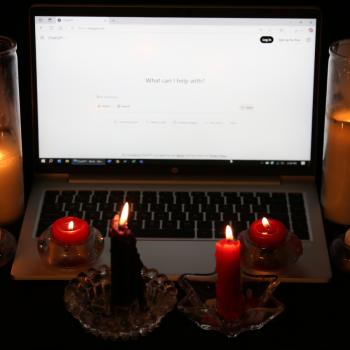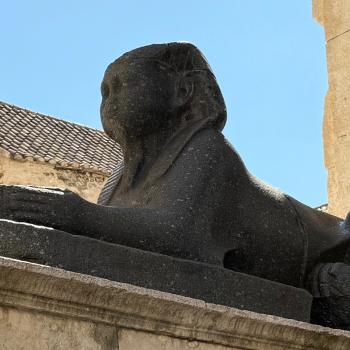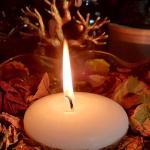From its beginnings, one of the central themes of the modern Pagan movement has been the return of the old Gods.
Did They ever really go away? In the 1st century CE Plutarch said “the great God Pan is dead” – supposedly foreshadowing the coming dominance of Christianity. But by the early modern period Pan was very much alive, and in 1821 the poet Percy Shelley “raised a small turf altar to the mountain-walking Pan.” The 20th and 21st centuries have seen many deities returning to a place of prominence and once again actively worshipped.
Some of these Gods and Goddesses we know. Zeus and Pan never left the collective Western psyche. Others were recorded in various lore. When more recent people began to experience Them it was fairly simple to figure out who They were. And then there are Gods like Cernunnos, about whom we know almost nothing from history and lore, but who have still made Their presence and Their identities known in our time. The Gods can and do speak to us just as They spoke to our ancestors centuries and millennia ago.
The return of the old Gods is an on-going process that is not finished.
Earlier this year someone contacted me in a consulting arrangement. They were being pursued by a deity they knew only as “the Storm Goddess” and they were unsure how to proceed.
I listened to their story. The person struck me as someone who is intelligent, grounded, and functioning – they weren’t making it up. Their accounts matched my own first-hand experiences of the Gods, including some details I don’t talk about in public. I was and I remain convinced they’re telling the truth, and that their discernment as to what’s going on is about as accurate as is possible.
So, who is this Storm Goddess?
I did some basic research and found nothing. The descriptions of the Storm Goddess sounded like She might be one of the Morrigna, but I didn’t know of any connection between any of the Morrigans and storms. Also, I’m not a folklore expert. So I consulted someone who is a folklore expert. Morgan Daimler confirmed that none of the Morrigans were associated with storms.
And after that I heard a familiar voice behind my head saying “I told you that’s not me.”
At Mystic South a couple weeks ago, I helped out with the Ariadne’s Tribe ritual honoring three Minoan Goddesses. Afterwards I talked with Laura Perry, who has done a significant amount of research on and practice with the deities of that part of the world. After telling Laura pretty much what I’ve written here, she looked straight at me and said “you’re about the fourth person who’s mentioned a Storm Goddess recently.”
I wasn’t surprised. One of my long-time observations as a polytheist is that when a deity wants something done, They almost never call just one person. Calling multiple people allows for correlation and confirmation of messages. It adds to the resources – four people can get more done than one. Perhaps most importantly, it discourages any one person from feeling like they’re “the chosen one.”
So, who is this Storm Goddess? Why is She making Herself known here and now? What does She want?
There are no clear matches
There are a handful of Rain Goddesses whose names are known to us. But this isn’t a peaceful, nourishing Goddess of the Rain. This is a powerful, demanding, and dangerous Goddess of Storms (you see why I thought She might be connected to the Morrigan). And while there are several well-known Gods who are associated with storms (such as Zeus, Thor, and Thunor) there are few if any Goddesses.
There are a million and one Goddesses and many of Them are associated with cultures I have no knowledge of or experience with. It’s possible this is Someone who was known to the first peoples of the Western Hemisphere, or to peoples in Africa or Asia. But a high-level internet search didn’t turn up anything there either.
I don’t think this question has an easy answer.
Gods come and go in human relations
The Gods may be immortal (I tend to think They are) but Their interactions with humans come and go. The Christian conquest was not the first time a set of deities faded from popular worship. At least Cernunnos has one extant statue – without that His name would be lost to us.
Laura Perry suggested that this may be a Goddess who was worshipped in the Neolithic era, but humans lost touch with Her – for any of many reasons – and Her stories did not survive long enough to see the development of writing. If this is the case, then we’re dealing with Someone who is very old and who may not have been active in recent human history.
And that would mean Her name is likely lost to history.
Syncretism is a real (and complicated) thing
Syncretism is when two or more deities combine and form a new deity. Sometimes the original deities are combined into a new deity: 1 + 1 = 1. Sometimes a new deity emerges but the original deities remain: 1 + 1 = 3. The process is not at all clear, but there is ample historical evidence of it.
And if it happened in ancient historical times, there’s no reason to think it didn’t also happen in the times for which we have no written history.
Which is to say that rather than disappearing, the Storm Goddess may have been subsumed into another Goddess (or multiple Goddesses) whose name(s) we already know. We just don’t know Their whole history, so we don’t know that the Storm Goddess is part of it.
Can syncretism be undone? I don’t know, but if it originally happened in a 1 + 1 = 3 scenario, there’s nothing to undo. The original deities are still there (where ever “there” is) and can begin interacting with humans again whenever They choose.
The Storm Goddess has chosen “now.”
Not all Goddesses are ancient
Some of the stories of our ancestors tell of the origins of various Gods. Horus is the child of Isis and Osiris. Athena emerged fully-formed from the head of Zeus. We should not make the mistake of the fundamentalists and read these stories literally. They’re meant to be read mythically and allegorically. What these stories tell us – among other things – is that even a Goddess has an origin (it may be better to say most Goddesses and Gods have origins, but that’s a different topic for a different time).
Like many Gods of natural features and forces, the Storm Goddess may have an origin in the far past – Her origins may be primeval. But also, She could be a very new Goddess. Seeing as how storms – especially big storms like hurricanes and tornadoes – are becoming stronger and more frequent, would it be a stretch for a new Goddess to have emerged from that phenomena?
I don’t think that’s the case. I think the Storm Goddess is very old. But we shouldn’t completely dismiss the possibility that She’s very new.
Knowing a name isn’t the most important thing
Even Gods with stories, statues, and temples don’t come with nametags. Do They expect that everyone should already know who They are? In a polytheist society, that might be a reasonable expectation. In the contemporary West? Even those who call themselves Pagans often struggle to identify an unfamiliar deity.
Or perhaps, Their names just aren’t all that important.
Don’t get me wrong. It’s good to call the names of our Gods, whether in praise or in petition. It’s good to be able to differentiate between Cerridwen and the Morrigan – and between Badb and Nemain. There is power in a name.
But ultimately, there is you, there is a deity, and there is what They want done.
What’s most important is how you respond.
Following the steps of our ancestors
So far we don’t know what the Storm Goddess wants. She’s “collecting” at the moment. First They get people’s attention, then They put them to work.
While the appearance of a Storm Goddess during a period of climate change feels like it should be significant, at this point that’s speculation. It may be a coincidence. Or it may be one factor but not the most important factor. So we wait, and we listen, and we see what happens.
Right now the people who have been approached by Her are trying to learn more about Her. They’re doing historical and archaeological research. And at least some of them are spending time in meditation and prayer, trying to learn more about Her through first-hand experience.
Because that’s how our ancestors learned the names of their Gods all those years ago. At some point, every God was a new and unknown God, at least to humans. Someone had to figure out who They are and how to relate to Them.
What our ancestors did before, we can do now.
What our ancestors did before, we are doing now.
Including learning all we can about a new-to-us Storm Goddess.


